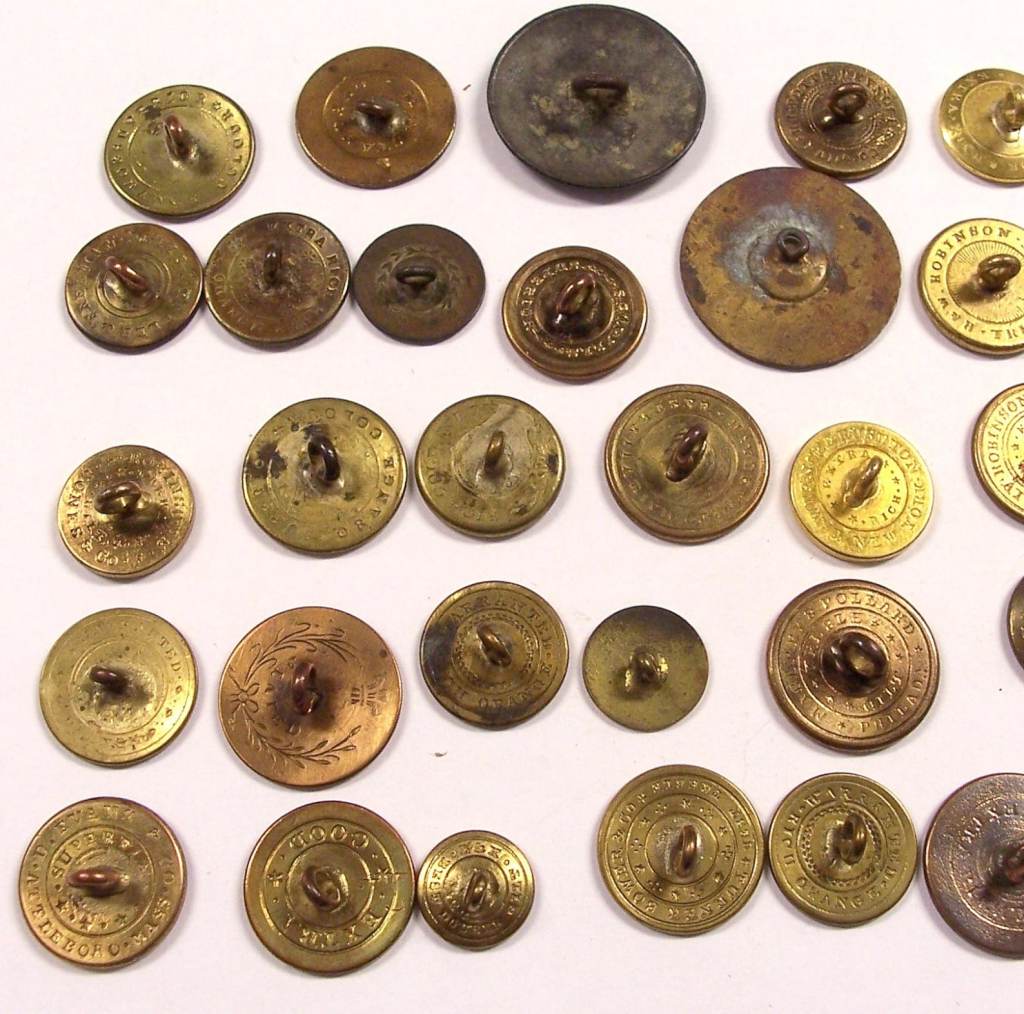Steel buttons have long been a valuable find for metal detector enthusiasts. These small but significant artifacts can provide insight into the fashion trends, manufacturing techniques, and social history of bygone eras. Whether you are a seasoned detectorist or just starting out in the hobby, steel buttons offer a fascinating glimpse into the past and are worth paying attention to during your searches.
The History of Steel Buttons
Buttons have been used for thousands of years as fasteners on clothing. While early buttons were made from materials like bone, wood, and shell, metal buttons became popular in Europe during the 13th century. By the 18th century, metal buttons were widely used and highly valued for their durability and decorative appeal.
Steel buttons rose to prominence during the Industrial Revolution when advancements in metallurgy made mass production possible. Steel’s strength and affordability made it an ideal material for producing utilitarian items like buttons. These steel buttons were often plain or adorned with intricate designs that reflected the styles of the time.
During the Victorian era (1837-1901), steel buttons reached new heights of popularity. The widespread availability of cheap labor and improved machinery allowed for intricate detailing and embellishments on steel button designs. Buttons became not only functional but also fashionable accessories that could elevate an outfit.
Types of Steel Buttons
When searching for steel buttons with a metal detector, you may come across several types based on their design and construction:
1. Shank Buttons: These are commonly found on older garments and feature a loop or shank on the back through which thread can be passed to attach them to fabric.
2. Flat Buttons: Also known as sew-through buttons, these have two or four holes through which thread is passed to secure them to clothing.
3. Snap Buttons: Consisting of two interlocking discs that snap together, these types are frequently used on modern clothing but can also be found in historical contexts.
4. Uniform Buttons: Military uniforms often feature distinctive metal buttons with regimental insignia or emblems embossed on them.
Identifying Steel Buttons
When detecting steel buttons in soil or sand, they may appear discolored due to oxidation over time. However, some well-preserved examples can still exhibit their original shine if they have been protected from environmental elements underground.
To identify whether a button is truly made from steel rather than another metal like brass or copper (which may appear similar), you can perform simple tests using a magnet or conducting a scratch test with other metals known for their hardness characteristics.
Researching online resources or consulting with experienced collectors can also help you determine the age and origin of a particular button based on its design features such as shape, size, markings, patterns, and any inscriptions present.
Preserving Steel Buttons
Once you’ve unearthed a collection of steel buttons from your metal detecting expeditions, it’s essential to properly clean and store them to prevent further corrosion or damage:
1.Cleaning: Gently brush off dirt using a soft-bristled brush or toothbrush before soaking the button in warm soapy water to remove stubborn grime without causing harm.
2.Drying: After cleaning, pat dry each button thoroughly with a clean cloth before allowing them to air dry completely.
3.Preservation: Store cleaned and dried steel buttons in acid-free containers like plastic bags lined with tissue paper to prevent scratching while safeguarding against moisture.
4.Display: Consider showcasing your prized finds by mounting them in shadow boxes or framing them alongside informational plaques detailing their history.
5.Conservation: If you encounter particularly rare or fragile specimens among your discoveries—such as delicate enamel-covered designs—seek professional advice regarding specialized conservation methods that ensure long-term preservation.
The Value of Steel Button Finds
While individual steel button finds may not possess significant monetary value compared to precious metals like gold coins or silver jewelry recovered by detectorists—they hold immense historical value that transcends mere financial considerations:
1.Historical Context: Each steel button represents a tangible link to past lives lived by individuals who wore these garments adorned with such fasteners—a connection that enriches our understanding of daily life throughout different epochs.
2.Social Significance: The styles depicted on various button designs—ranging from elaborate floral motifs favored during romantic periods like Art Nouveau—to austere geometric patterns reflective of more minimalist aesthetics prevalent at other times—speak volumes about prevailing tastes within society.
3.Educational Insights: By studying collections of gathered steel
buttons alongside related artifacts such as textiles sourced from archaeological sites—you gain insights into technological advancements within textile production processes alongside changes observed within sartorial practices over time.
Final Thoughts
As you embark upon your next metal detecting adventure—and eagerly anticipate unearthing hidden treasures buried beneath layers
of earth—one need not overlook seemingly modest yet historically rich relics waiting patiently beneath our feet:
steel-buttons—the unsung heroes adorning garments worn by generations now consigned
to memory—but immortalized anew thanks
to diligent efforts undertaken by passionate enthusiasts dedicated towards preserving echoes whispering tales forgotten amidst sands-of-time
awaiting rediscovery once more…
